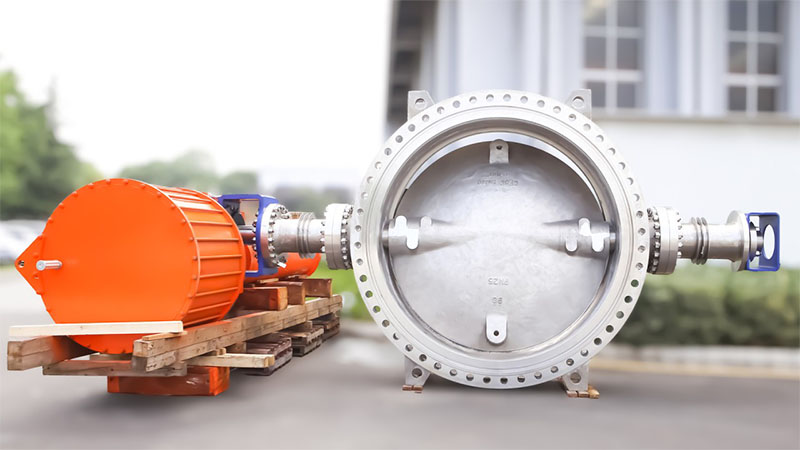Triple offset butterfly valves are sophisticated components designed for high-performance applications in various industries, including oil and gas, water treatment, and chemical processing. Their design incorporates advanced technologies to ensure durability, precision, and reliability. These valves are characterized by three distinct offsets: the shaft axis offset, the seat axis offset, and the disc axis offset, which collectively contribute to their unique operational features. The primary technology behind triple offset butterfly valves is the use of advanced materials and precision engineering. The three offsets enable the valve to achieve a tight shutoff by shifting the sealing surfaces away from the axis of rotation. This design minimizes friction between the disc and the seat, reducing wear and tear and improving the valve’s lifespan. High-quality materials such as stainless steel, exotic alloys, and composite materials are often employed to withstand harsh conditions, including extreme temperatures, high pressures, and corrosive environments.

The sealing technology in triple offset butterfly valves is another critical aspect. These Dombor valves utilize metal-to-metal sealing, which ensures a reliable seal even under extreme conditions. This is achieved through the precise machining of the disc and seat surfaces, which are designed to create a tight seal when the valve is closed. The triple offset design minimizes the chance of leakage by ensuring that the disc rotates away from the seat, preventing damage to the sealing surfaces and enhancing the valve’s performance. Advanced manufacturing techniques play a significant role in the production of triple offset butterfly valves. Computer Numerical Control CNC machining is commonly used to achieve the precise tolerances required for the three offsets. This technology allows for high precision in the production of valve components, ensuring that each valve meets stringent quality standards. Additionally, casting and forging techniques are employed to produce durable and robust valve bodies, capable of withstanding the stresses encountered in various applications. Another important technology utilized by manufacturers is the implementation of sophisticated testing and quality control procedures. Triple offset butterfly valves undergo rigorous testing to ensure their performance and reliability.
This includes pressure testing, leakage testing, and functional testing to verify that the valves operate correctly and meet the required specifications. Advanced testing equipment and techniques, such as computerized data acquisition systems, are employed to ensure accurate and consistent results. In recent years, manufacturers have also incorporated digital technologies into the design and operation of triple offset butterfly valve manufacturers. The integration of smart sensors and control systems allows for real-time monitoring and automation of valve operations. This technology enables remote diagnostics, predictive maintenance, and enhanced control over valve performance, contributing to greater operational efficiency and reduced downtime. Overall, the technologies employed by triple offset butterfly valve manufacturers reflect a commitment to innovation and excellence. By combining advanced materials, precision engineering, sophisticated manufacturing techniques, rigorous testing, and digital technologies, these valves deliver exceptional performance, reliability, and durability. Their ability to operate effectively in challenging conditions makes them a valuable component in a wide range of industrial applications.
